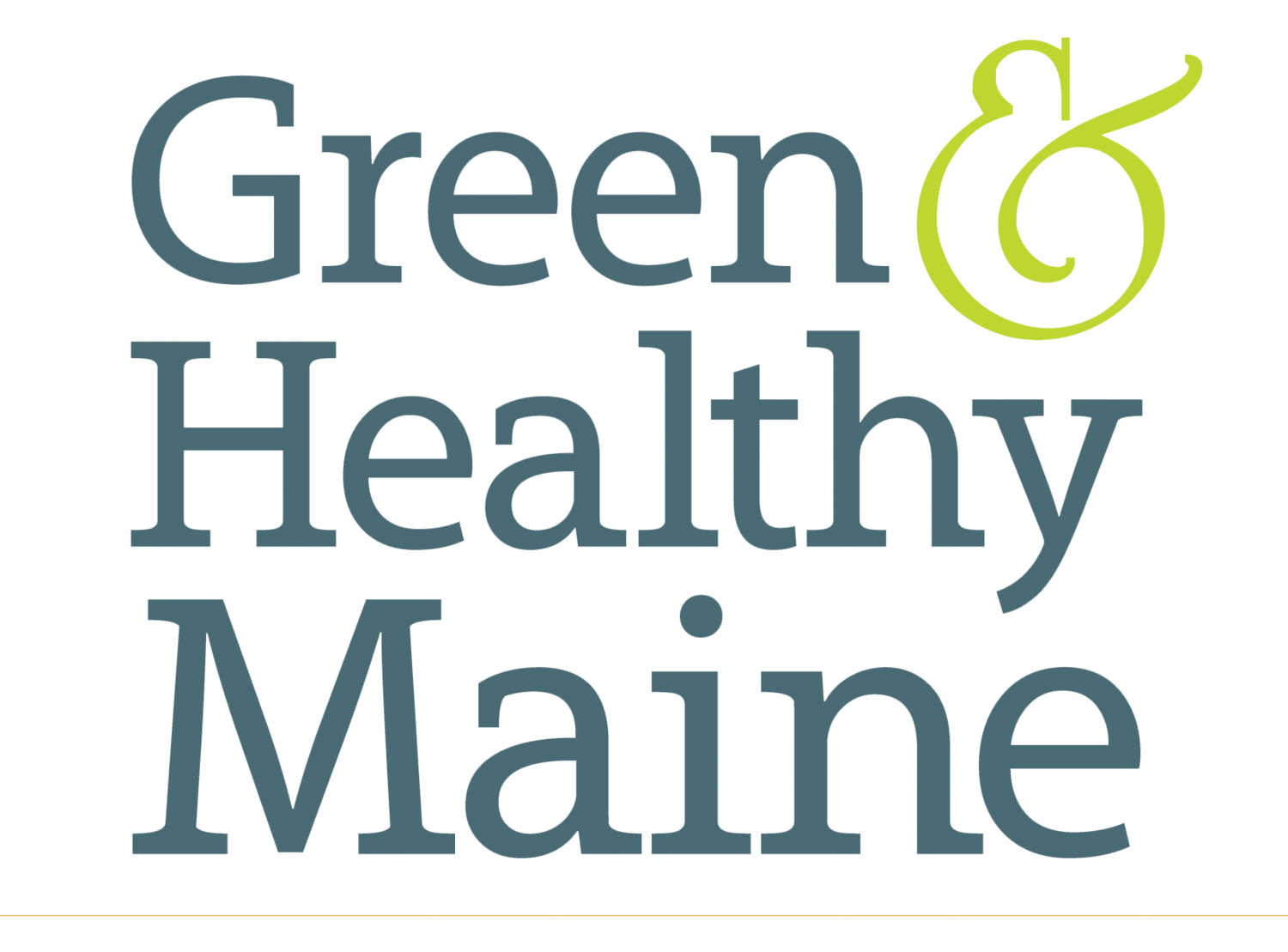Magic of mushrooms
By Amy Paradysz
Beyond their deliciously earthy culinary contributions, mushrooms have been used medicinally for thousands of years. About half the varieties of edible mushrooms are considered functional foods, meaning they may have a positive effect on health beyond nutrition. Fungi have a variety of health benefits — and surprisingly creative environmental uses.
Superfood nutrition
For such a low-calorie food, mushrooms offer significant nutrition, including magnesium, potassium and iron. Mushrooms dried in the sun absorb vitamin D, and dried mushrooms are delicious reconstituted in wine, which is also full of antioxidants. Vegans, of course, also appreciate mushrooms as a source of protein — and as a rare plant-based source of vitamin B12.
Boosting immunity
The immune-boosting Chaga mushroom grows on birch trees in cold climates — such as here in Maine. Chaga are loaded with Beta-D-Glucans, which help boost the immune system as needed or slow it down when it’s in overdrive. A hot Chaga tea with maple syrup may be just thing when you’re feeling run down. Other mushrooms with immunity-boosting qualities include Shiitake, Resiki and Hen of the Woods.
Promoting heart health
Though the debate is still out on whether mushrooms help lower cholesterol and triglyceride level, mushrooms are certainly high in fiber, cholesterol-free and contain essentially no fat, making them a good addition to a heart-healthy diet. Sauté mushrooms in a splash of wine or apple cider vinegar rather than butter.
Regulating blood sugar
Research indicates that white button mushrooms — the most commonly sold mushrooms in American supermarkets — modify the gut microbiota in a way that improves glucose regulation. Also, mushrooms in general are a good source of Vitamin B12, which promotes the ability of the digestive system to maintain steady blood sugar levels.
Saving the planet
Mushrooms and their mycelium — their network of white filaments, or roots — play a critical decomposition role in the food chain as recyclers creating rich natural environments. Humankind has also found some interesting ways to use the potential of mycelium. For example, the Swedish superstore Ikea plans to use packaging made with mycelium as an ecofriendly substitute for Styrofoam. And research by a bioremediation company showed oyster mushroom mycelium eating through an oil spill within a matter of weeks. Safeguarding ready-to-assemble furniture, cleaning up toxic waste — who knows what mushrooms will be doing next? “The path to the future is the path of the mycelium,” says renowned mycologist Paul Stamets.
Learn more
The Maine Mycological Association (mainelymushrooms.org) hosts field trips, guest speakers and foraging forays. North Spore (northspore.com) sells tinctures and teas, along with grow-your-own kits with detailed instructions. The websites for Maine-based mushroom purveyors Oyster Creek Mushroom Company (oystercreekmushroom.com) and Mousam Valley Mushrooms (mousamvalleymushrooms.com) feature creative recipes, nutrition facts and behind-the-scenes looks at mushroom farming.




